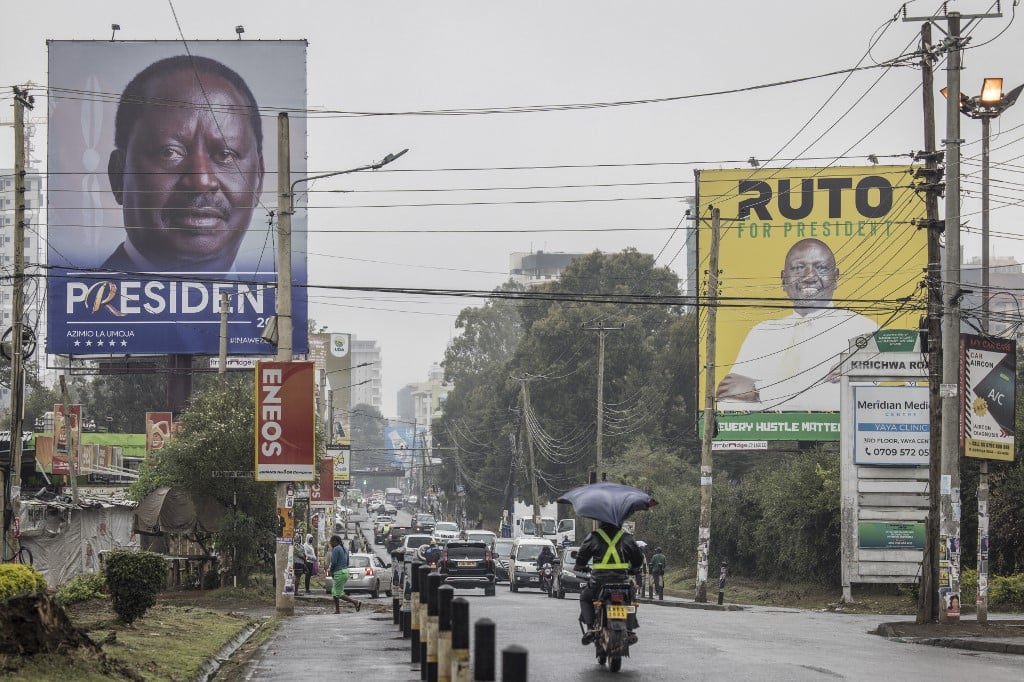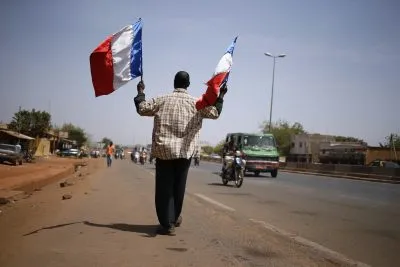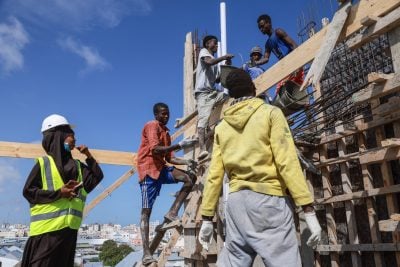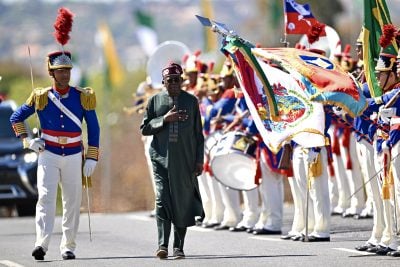Since February, the cost of living has increased substantially for Kenyans, with inflation in prices expected to peak at 7.3% this year, while the food sub-index skyrocketed to 15.3% in July. As result, economic policy is likely to play a substantial role in voter decision-making, especially as the two candidates differ on a crucial topic: debt management.
Incumbent President Uhuru Kenyatta’s anointed successor, Raila Odinga, intends to continue large-scale spending on infrastructure projects launched by his rival-turned-patron while increasing social spending with a basic income grant of $50 (KSh6,000) a month to two million poor families. But he says he will also target improved debt repayment terms in a bid to avoid having to return to the IMF for future bailouts.
In March, Odinga warned that rising debt “puts Kenya in the group of the most debt-distressed middle and lower-income developing countries now being forced into IMF credit and IMF-supervised austerity programs… Such austerity programs are usually implemented in the sole interest of satisfying the debt repayment at the expense of people’s livelihood. We have no choice in the matter.”
By contrast rival William Ruto wants to increase tax revenues to meet rising debt servicing costs. Last month, he ruled out restructuring the nation’s debt if he wins next month’s election, the opposite of what Odinga plans to do.
“I am not going anywhere near or even having a discussion on restructuring debt. We must pay our debt. We have the capacity to pay our debt… We will put the brakes on borrowing.”
He has launched plans to digitise tax mobilisation which he says will help to more than double VAT collection to 8% of GDP from 3.6%.
“We will have more resources to repay our debt and we will be borrowing less, which is a double gain.”
He slammed Odinga’s restructuring plans as “condenscending and reckless”. But he has unveiled ambitious spending plans of his own, including the launch of an annual $420m “hustler fund” which aims to provide credits at an affordable rate to 10 million small and medium enterprises.
Challenging environment
East Africa’s largest economy is growing in a challenging environment, suffering from the global repercussions of Russia’s invasion of Ukraine, including food and fuel inflation, the tail-end of the Covid-19 pandemic and the rising costs of climate change, including regional droughts.
Despite an unexpected rebound in economic growth, which is projected to be 5.7% in 2022, in late July Bloomberg Economics ranked the country as the sixth-most vulnerable to a debt crisis in an assessment of 50 developing economies.
Debt levels rose to $68.8bn in 2021, or 62.5% of GDP, from just $37.7bn, or 34% of GDP, when current president Uhuru Kenyatta was re-elected in 2017. As of 5 August 2022, banking institutions were the biggest holders of the domestic debt at 48.3%, followed by pension funds (32.6%) and insurance companies (7.20%).
As far as the external debt is concerned, the most recent data from the World Bank (end-2020) show that 63% of Kenya’s bilateral debt is owed to China – approximately $7bn – mainly for large-scale infrastructure projects such as the Nairobi Expressway, which cost $668m and was partly funded by the China Road and Bridge Corporation. The yield on $2bn of Eurobonds due in 2024 rose above 20% for the first time in July, according to Bloomberg.
Kenyatta has insisted that modern roads and railway networks will help spur development. But Odinga’s pledge to continue with similar levels of infrastructure spending while seeking better debt repayment terms may be difficult.
“Odinga’s pledge to restructure existing debt lacks the detail of how this could be achieved, and he will face strong opposition from the IMF, whose economic reforms are projected to begin easing Kenya’s debt burden by 2024,” says Benjamin Hunter, analyst at Verisk Maplecroft.
“Debt restructuring is playing well electorally because Odinga has promised to invest the money saved on servicing into social security programs. However, the plan will likely falter in practice because Kenya’s mounting debt stock and the difficult economic picture will leave Odinga with limited leverage in any eventual negotiations with creditors,” says Hunter.
The IMF’s advice on debt management
Kenya is currently signed up to a three-year IMF financing package worth $2.34bn which was approved last year to support the country’s programme to address debt vulnerabilities, the authorities’ response to the Covid-19 pandemic, and global shocks resulting from the war in Ukraine.
Last month, the Washington-based institution allowed for an immediate disbursement of $235.6m in special drawing rights under the programme to support Kenya’s budgetary needs.
The IMF warns that, despite a strong economic recovery, downside risks predominate in the near-term, and the fund encouraged the authorities to broaden tax collection and maintain careful expenditure control.
“Kenya’s economic program supported by the Fund’s Extended Fund Facility and the Extended Credit Facility arrangements is providing an essential policy anchor to debt sustainability and public confidence,” said Antoinette Sayeh, deputy managing director and acting chair, on 18 July.
“Despite the resilient economic recovery, the program remains subject to downside risks, including from deeper disruptions from the war in Ukraine, unsettled global market conditions, and an increase of food insecurity. In this context, the authorities’ continued steadfast commitment to prudent policies and advancing structural reforms remains essential to maintain macroeconomic stability and safeguard Kenya’s positive medium-term prospects.”
Want to continue reading? Subscribe today.
You've read all your free articles for this month! Subscribe now to enjoy full access to our content.
Digital Monthly
£8.00 / month
Receive full unlimited access to our articles, opinions, podcasts and more.
Digital Yearly
£70.00 / year
Our best value offer - save £26 and gain access to all of our digital content for an entire year!
 Sign in with Google
Sign in with Google 



